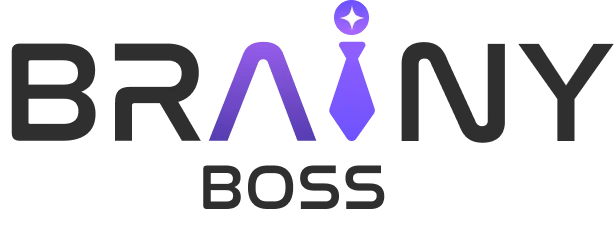Transforming Talent Acquisition with Voice AI
AI voice technology in HR systems possess capacity beyond performing first talks. They achieve subsequent meetings plus they measure sustained dedication plus attention quantities. Businesses employ AI statistics to observe shifts in someone’s sound, excitement plus articulation over repeated exchanges, leading to an evaluation of stability plus dependability.
Data safety emerges as a key concern when merging AI into HR methods. AI voice technology in HR systems has developed safety aspects to guarantee all person data receives handling and preservation with maximum secrecy. Data anonymization before study plus encryption of each private detail represents some actions taken to safeguard person safety.
AI voice technology in HR illustrates its usefulness across differing areas, such as the quick pace of technology plus the structured state of finance. Each area modifies AI voice solutions for hiring instruments to fit specific hiring wants. In help roles, AI voice technology in HR judges someone’s decorum, forbearance plus skill to solve issues using their sound plus replies amid simulated events.
AI voice technology in HR provides a way to avoid subconscious human biases that sway staffing choices. Focusing on content plus attribute in a person’s replies, rather than their dialect, traits or looks, entities proceed toward staffing ways that are more inclusive.
Conclusion
Entities that merge AI voice technology in HR likely build flexible and solid teams. Consistently choosing people who well match business culture plus mental ability, groups can assure improved rates of happiness among staff plus lower staff turnover. In the future, changes are likely for how HR employs speech AI. Augmented reality together with virtual reality could work with speech AI. This could lead to creating better immersion plus greater interaction in HR voice AI events. The predictions and the insights from HR voice AI become more precise and may predict employee success in future positions.
Small companies may consider HR voice AI products to have excessive complexity or high cost. However, several vendors provide flexible, easily added options designed for smaller groups. These products often have adjustable features, enabling small firms to adopt AI tools at their own pace and budget.
Initial setup costs may be significant. But the long-term cost reduction and gains generally offset the initial outlay. HR teams spend less time on routine tasks. The costs related to bad hires decrease. Overall employee productivity increases. All these possible benefits can yield a good return on investment.
Effective HR voice AI systems learn from large amounts of data. This data includes multiple languages and speaking styles. This enhances the system’s efficiency in understanding and communicating with prospective employees globally. Regular updates and continuous learning improve the system’s accuracy, making these systems robust for global hiring.
By adopting these enhanced capabilities, organisations make HR processes more efficient. Also, businesses position themselves as modern employers, which appeals to high-quality applicants in a competitive job market. HR voice AI in HR is more than a technological change; it is a strategic advantage in the employee recruitment toolkit.
Frequently Asked Questions
AI voice technology allows HR teams to measure an individual’s commitment and focus levels through their communication methods. It can help in evaluating a person’s behavior, patience, and problem-solving skills using sound and replies during simulated events.
AI voice technology in HR systems has built-in safety measures to ensure the handling and preservation of all personal data with maximum confidentiality. Precautions such as data anonymization before analysis and encryption of each personal detail are taken to ensure individual safety.
Small firms may be able to offset initial setup costs with long-term cost reductions. These products often have adjustable features, enabling small firms to adopt AI tools at their own pace and within budget. This can potentially increase overall productivity and decrease costs associated with bad hires.

